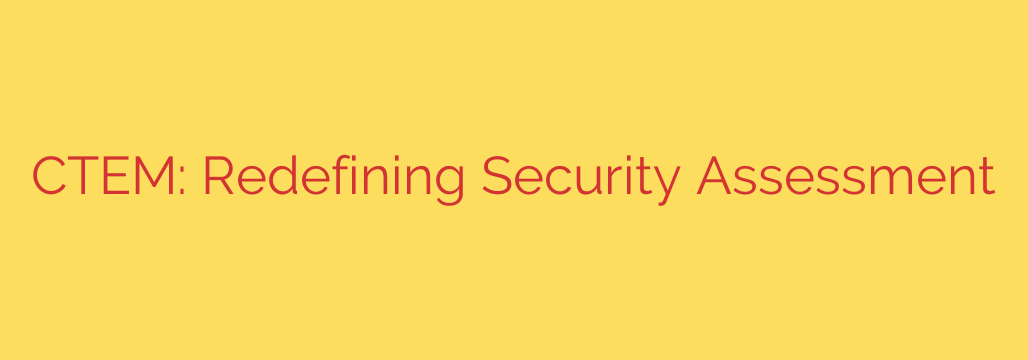
Traditional security assessments, while valuable, often provide only a snapshot in time of an organization’s defenses. In today’s dynamic threat landscape, this approach falls short of providing the continuous visibility needed to stay ahead. The answer lies in moving towards a more strategic and programmatic method for managing cyber risk.
This evolving approach, known as Continuous Threat Exposure Management, represents a significant shift. It’s not just about finding vulnerabilities sporadically; it’s a lifecycle-based process designed to understand and reduce an organization’s exposure to threats on an ongoing basis. Instead of relying solely on periodic tests, it establishes a continuous loop of discovery, analysis, and action across the entire digital footprint.
The process typically involves several key phases that work together seamlessly. It begins with Scoping, defining the critical assets and systems within the organization’s environment that need to be continuously monitored. Following this is Discovery, an automated and continuous search for exposures, vulnerabilities, and security gaps across these assets. Crucially, the next step is Prioritization, where identified exposures are ranked based on the likelihood of attack and potential impact, aligning security efforts with business risk. This moves beyond simple severity scores to consider the real-world threat context.
Once exposures are prioritized, Validation comes into play. This phase often involves security teams actively validating whether these exposures are genuinely exploitable and represent a true threat path an attacker could take. This step is vital for distinguishing theoretical vulnerabilities from actual, practical risks. The insights gained then feed into Remediation, the critical process of fixing or mitigating the identified issues efficiently. Finally, Measurement is continuous, tracking the effectiveness of the entire process, monitoring risk reduction over time, and refining strategies based on performance data.
Adopting this methodology leads to several powerful benefits. Organizations gain enhanced resilience against cyberattacks by proactively identifying and addressing weaknesses before they can be exploited. It provides continuous visibility into the ever-changing attack surface, ensuring that new assets or configurations don’t inadvertently introduce significant risk. Furthermore, this approach enables better resource allocation, focusing security teams on the exposures that matter most to the business, rather than chasing every alert. By providing a clear, data-driven view of exposure reduction, it also improves communication of security posture to leadership. In essence, it shifts security from a reactive chore to a proactive, strategic function integral to business operations.
Source: https://www.tripwire.com/state-of-security/continuous-threat-exposure-management-ctem-future-vulnerability-assessment








